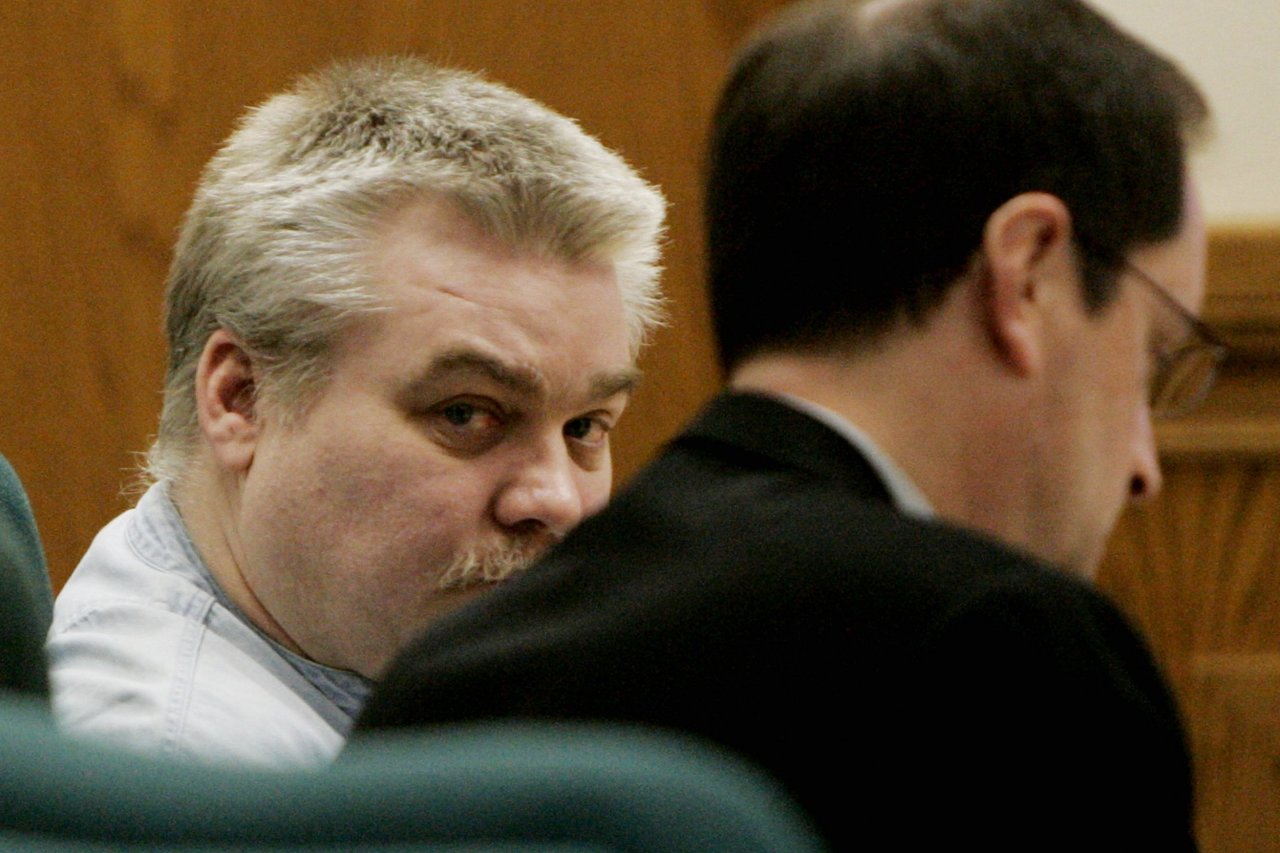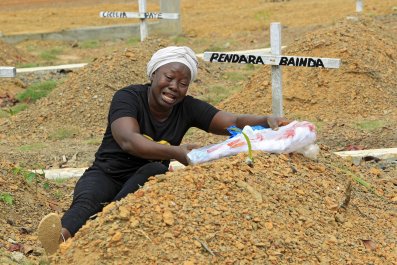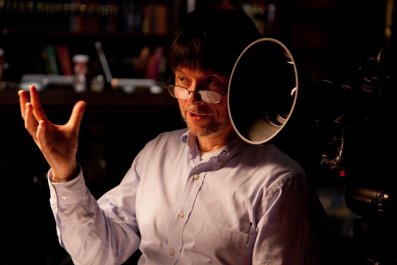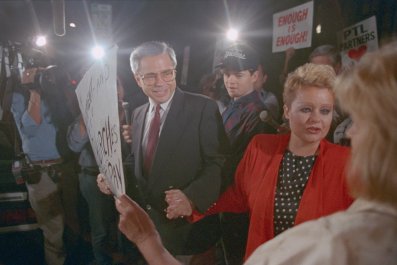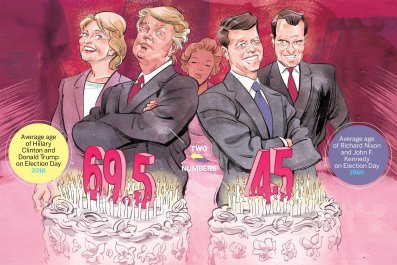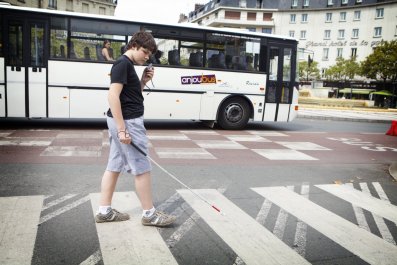When Kathleen Zellner was little she had a friend across the street who kept a pet duck. Toothbrush was a peaceful soul who liked to eat wasps and paddle around a backyard kiddie pool in their neighborhood in small-town Bartlesville, Oklahoma, in the late 1950s. Zellner was definitely not a peaceful soul—she ordered martial arts guides out of comic books, then hid them behind the covers off her doll books so she could study judo and jujitsu moves without her mother noticing. Zellner regularly put those punches and kicks to practical use. One day, a mean teenage boy grabbed Toothbrush and threw him to hunting dogs penned in a neighbor's yard. Zellner, about 8 at the time, was furious. "Kathleen was so mad she went over and beat him up. She was fierce," says her brother, John Hall Thomas, a defense attorney in New Orleans, who remembers the boy's nose bleeding as an adult pulled his sister off the boy. "Nobody messed with Kathleen after that, I'm telling you."
Zellner says that same feeling of righteous protection still motivates her: "What drives me is the abuse of power—the bullying and the victim. I have such a strong reaction when I see people who can't defend themselves."
The wiry girl who meted out street justice over a dead duck grew up to become a defense attorney who has secured the exoneration of 17 men and won almost $90 million from wrongful conviction and medical malpractice lawsuits. Zellner has also dropped a headless lamb into a creek to investigate the rape and murder of a child, coaxed 21 confessions from a serial killer and seen it reported that Jessica Biel would play her in a movie. An attorney said facing her at trial was "worse than my divorce."
The bullies Zellner will face next, she says, are the Wisconsin police and prosecutors who locked up Steve Avery, who became a national phenomenon with the December release of the Netflix documentary Making a Murderer. The doc, which led a lot of viewers to believe Avery was framed, opens with his wrongful conviction and then 18 years in prison for a 1985 rape in Manitowoc County; it then digs deep into his arrest and conviction for the 2005 murder in the same county of Teresa Halbach, a photographer killed after driving to the Avery family's auto salvage yard on Halloween to take a picture of a van for Auto Trader magazine. Avery's low-IQ nephew Brendan Dassey, 16 at the time, confessed he helped his uncle rape and kill Halbach in what is either the reluctant admission of a horrific crime or an example of persistent detectives leading and prodding a dimwitted teen to agree with the story they want. Dassey was found guilty in a separate trial. Zellner watched the series in her 3,000-square-foot home theater, where she does jury prep and screens her favorite Coen brothers movies. "When I watched the Avery case, I felt that the attitude toward him by the prosecutors and the state was that he was disposable. It was almost like a class thing. [His family] didn't matter, they had no power," Zellner says. "The longer I watched it, the more angry I got."
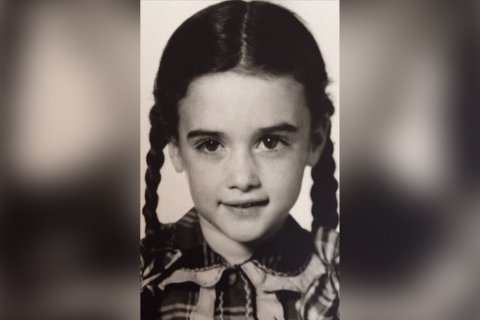
Asked whether she and her team have identified suspects in the case, Zellner says yes—and that they are all men who knew Halbach. "We have a couple. I'd say there's one, leading the pack by a lot. But I don't want to scare him off, I don't want him to run," she says, explaining why she won't say more. In that same conversation, Zellner said both law enforcement and defense attorneys failed to investigate Halbach's life, noting that the victim was a very nice person just starting her career. When told that sometimes people who are very nice can still be murder victims, Zellner agrees, adding, "And women who have bad judgment about men are murdered."
Tattooed on His Arm: 'Die Free'
"Don't hire me if you're guilty, because I will find out," Zellner tells an inmate before taking his case. Zellner vowed she would only defend innocent people as a result of the first case she handled after starting her own law firm, which began when a janitor found a human leg inside a Hefty garbage bag tossed into a Chicago dumpster. Inside the dumpster were another seven garbage bags that held the rest of the dismembered body of Danny Bridges, a 15-year-old prostitute. Larry Eyler, a house painter suspected in over 20 murders across the Midwest, was convicted in 1986 of killing the boy and sent to death row. An anti-death-penalty organization brought the case to Zellner, who tried and failed to broker a deal that would take Eyler off death row in exchange for him admitting to all his killings in Illinois and Indiana. After Zellner built a relationship with Eyler, trying to get him off death row and even convincing him to get an HIV test, Eyler admitted his many murders to her in "excruciating detail" but said she had to keep them secret as long as he lived. When he died of AIDS in 1994, Zellner held a press conference to announce Eyler's confessions to 21 murders. "It's been really hard on me knowing all this stuff," Zellner told the Chicago Tribune. "I had these victims' families pleading with me during his life to tell them what happened." That stress, coupled with Eyler's lack of remorse and his contempt for the mostly gay men and boys he tortured, made Zellner promise herself she would never knowingly represent another guilty man. "After looking into the face of evil and being exposed to that for those two to three years, I never wanted to be in a position where I could be used by someone like that."
After Eyler, Zellner wasn't eager to take another wrongful conviction case, but the anti-death-penalty group brought her the case of Joseph Burrows and said it believed he was actually innocent of any crime. When Zellner reviewed the case—and found a new alibi, a recanting witness and a shady prosecutor—she agreed. Burrows had been sentenced to death in 1989 for a murder in rural Illinois. A cocaine dealer named Gayle Potter testified she saw Burrows shoot a retired farmer in the head because the 88-year-old man refused to write her a $3,000 check so she could pay her drug supplier. Zellner visited Potter in prison 50 times over more than a year, eventually gaining her trust. Zellner described to Potter how the crime scene, with the ricocheting bullets and the old man's broken fingernails, suggested a struggle that a big man like Burrows wouldn't have had against a frail old man. "I told her I knew it was a woman. I told her that was how I knew she had done it," Zellner says, explaining that Potter smiled and later confessed to Zellner that she alone killed the old man. Convincing an inmate to reveal information that could increase her sentence is a complicated procedure that requires time and trust. "I was empathetic. I understood both of them," Zellner says. She knew Eyler had been horribly abused and sexually assaulted as a boy, and she understood what led him to his violent rages. "With Gayle Potter, I understood her desperation. I wasn't condemning."

Zellner says Potter didn't care about Burrows, but she did care about his three children being left without a father. Armed with Potter's sworn deposition that she alone killed the farmer, Zellner got Burrows released from prison in 1994. He walked out of court beside Zellner, "Die Free" tattooed on his arm.
Her next high-profile case involved four men arrested as teenagers who'd been imprisoned for almost 15 years at that point for the kidnapping, rape and murder of Lori Roscetti, a Chicago medical student. Zellner wanted their DNA tested against samples left on the student—an expensive undertaking in 2001. She told Cook County prosecutors she'd pay half. They could have ignored her—the murder had been front-page news, and police said two of the teens had confessed. "She goes, I want to work it with you," said Robert Milan, then a Cook County prosecutor. "To me, it was a no-brainer. I said, 'Let's do it.'"
A fresh examination of Roscetti's clothes revealed semen stains that had never been tested, so Zellner and Milan sent samples to a forensics lab in Canada. "They say, 'It's two males,'" Milan recalls. "'None of them are the four young men you convicted.'" The wrongfully convicted men walked out of prison in 2001, smiling and holding hands with Zellner.
"Talk about putting money where your mouth is," says Zellner, who spent almost $60,000 on experts in that case. "I was so sure they were innocent." With the investigation reopened, police got a tip about the two men who killed Roscetti. The DNA evidence Zellner and Milan ordered from Canada confirmed that those were the two men who forced the medical student into their car at knifepoint in 1986 and then smashed her head with a concrete block. And the effects of those DNA results rippled out beyond that murder. Milan says the Roscetti exonerations had a "huge impact" on the Cook County prosecutor's office, including the creation of a DNA review unit, twice yearly training for all prosecutors on false confessions and wrongful convictions, and an "open-door policy" that encouraged prosecutors to flag questionable cases.
Zellner puts up her own money and will work all night for men she believes were wrongly convicted, but when one turned on her she didn't hesitate to put him back behind bars. Marcellius Bradford, one of the four men convicted and then exonerated of killing Roscetti, secretly recorded Zellner telling him he would be stupid to drop her and hire a new lawyer to handle his multimillion-dollar civil case over his wrongful conviction. Bradford then tried to use the tape to blackmail her for $3,000. Zellner didn't play. She called prosecutors and then wore a hidden microphone to a meeting with Bradford in which she handed over the money, leading to his arrest. "It's appalling to have gotten them out of prison and then have [Bradford] try to extort money out of me," Zellner told the Chicago Tribune. "I don't care if they switch attorneys. But I am not going to put up with someone trying to blackmail me."
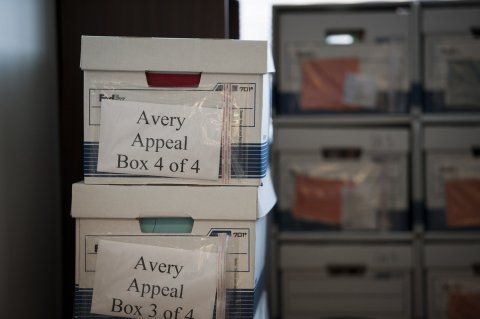
A Singularly Cruel Interrogation
The headless lamb hit the creek with a splash. Zellner watched from the bridge as the dead animal floated downstream to see where it would come ashore—another piece of the puzzle in her drive to convince a jury that Kevin Fox had been railroaded for the murder of his young daughter.
Riley Fox, a 3-year-old who loved to jump into her father's arms or sit on his shoulders, disappeared after Fox put her to bed in the family's Wilmington, Illinois, home in 2004. Searchers found her body the next afternoon, floating in a creek in a nearby forest preserve. She was wearing a pink flamingo T-shirt and had been tied up with duct tape and sexually assaulted. Almost five months later, local detectives summoned her father to the station and began a singularly cruel interrogation.
First, detectives lied to Fox, telling him he had failed a polygraph test about his daughter's murder. When his wife told Fox she believed his claims of innocence, detective Edward Hayes screamed in her face, "Your husband's a fucking liar, and he's a fucking murderer. He never loved you or your fucking daughter, and he killed her, and you need to learn to fucking get over it." Hayes and other detectives then got Fox alone and told him they knew prison inmates and would make sure they raped him once he was locked up. They yelled that his dead daughter was on her knees begging him to admit what he did and give her closure. They showed him photos of Riley's body—revealing to him for the first time that she had been bound with duct tape. Traumatized, Fox finally gave a short confession that Riley died after he accidentally hit her with the bathroom door and she then fell and hit her head on the bathtub.
Zellner's law office was across the hall from that of Fox's brother Chad, who called her after Fox "confessed." She immediately began her investigation and learned that Hayes had called the FBI after arresting Fox and told them not to test the DNA evidence in the case. It took Zellner eight months to get the DNA found on Riley's body to a private lab. "The results showed with 100 percent certainty that Kevin was not the donor of the DNA found on a vaginal swab and on the duct tape on Riley's mouth," court papers state. Fox was released the next day.
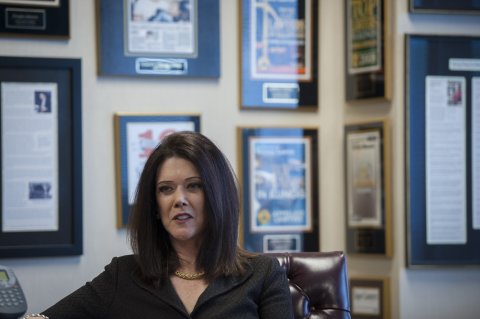
With the case reopened, investigators finally got around to examining a pair of white athletic shoes pulled from the creek 100 feet from where Riley was found. Written inside was "Eby." Scott Wayne Eby lived about a mile away and was out on parole for burglary. Detectives had bagged the shoes in evidence but never looked into whether the name written inside meant anything. Eby eventually confessed to Riley Fox's murder.
Zellner continued to represent Fox as he filed a lawsuit against Will County and the detectives who had coerced his confession. Her preparation for that 2007 trial is what put her on a bridge with her investigator and a dead lamb that weighed about the same as Riley. When the bag was put in the water at the base of the bridge, where Fox had said he placed it in his coerced confession, it got hung up in debris. But when it was thrown from the bridge, it floated to the spot where Riley's body was found. Zellner also produced a staged re-enactment of the Fox interrogation for the jury, with Fox playing himself and the detectives played by actors.
Robert Smith, the defense lawyer facing her in that case, recalls the moment he realized the depth of Zellner's preparation. "I don't know if she'd ever admit she did this, but I had Kevin Fox on the witness stand, and I'm confronting him with his statements from the transcript. I say to him, 'Mr. Fox, did you make this statement?' and he says, 'Y'know, Bob, I'm just a painter, not a lawyer.' I thought to myself, Son of a gun, she told him to call me by my first name, like he's a country bumpkin. And I thought to myself, This has been rehearsed; they've done focus groups and mock trials.… When I heard that I thought, Oh man, she's now the director, not just the lawyer."
After six weeks listening to Zellner shred the conduct of the detectives, the jury awarded Fox and his wife $15.5 million.
Perps & Planters
Zellner's career has mirrored progress in law-enforcement technology and thinking, particularly in terms of DNA technology, the acceptance of false confessions and the advent of the regular tossing of wrongful convictions. The first DNA exoneration happened in 1989 when the new technology cleared Chicago high school dropout Gary Dotson of a rape that never happened. Zellner opened her law firm a year later. "Pre-DNA was like working with the lights off. We didn't know what we didn't know. DNA was like turning the lights on and finding out all the mistakes that were made," Milan says. He adds that when he came up as a young prosecutor neither he nor his colleagues believed in false confessions. "The fact that she was on this very early made her a very successful lawyer, and a very wealthy one."
Zellner will need that forensic expertise if she's going to free Avery. The case has been decided. Avery's appeals are exhausted. Only the discovery of new evidence—of the type Zellner has dug up for men she's represented before—will reopen the case. "We have to have new evidence that could not have been obtained before that would result in no juror believing that Steven Avery committed the crime," Zellner says. "So that's the standard—it's kind of a high hurdle to jump, but we can jump it with the new technology. With someone who's innocent, you can definitely jump that hurdle."
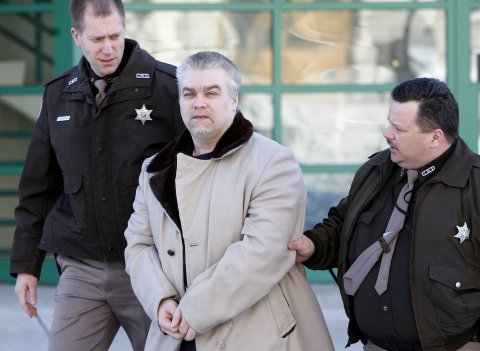
Zellner is now digging into every aspect of the Halbach murder and the investigation that followed. She is talking with experts and planning new forensic tests. She has already identified leads she says local detectives should have pursued instead of focusing solely on Avery, including two phone calls Halbach made two days before she was killed to a man recently arrested for sex crimes. She also says she'll argue Avery's conviction should be overturned because of ineffective assistance of counsel, arguing that lawyers Dean Strang and Jerry Buting bungled Avery's defense by not arguing that Halbach's cellphone records show she left Avery's property alive. "It's really hard to figure out how in the world did the defense not seize on this," Zellner says. "It would have created reasonable doubt."
Avery certainly believes in her. In a note he wrote in prison February 19 to Newsweek in mid-February, he said, "I first saw Ms. Zellner on TV in another case. I told Sandy, my friend, to watch it. Sandy said, 'She will be the one to get you out.'…So I started writing [her.] Since she has taken my case on January 8th she has figured out more than all of my other attorneys together. I totally trust that she is going to get me out. [Signed,] Steven Avery."
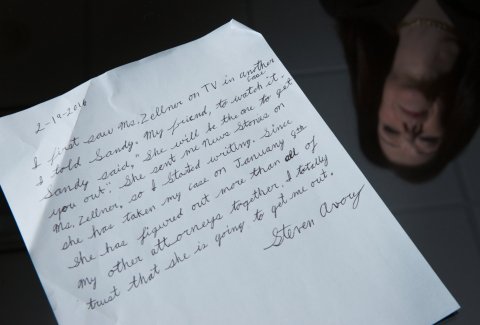
Taking on the Avery appeal represents higher stakes than any case in Zellner's past. With the release of Making a Murderer, his investigation and conviction in Wisconsin were talked about across the world as a symbol of crooked cops and prosecutors. But it's not just Manitowoc and Calumet County law enforcement that believes Avery is a killer. In an editorial titled "Avery Absolutely Guilty but Dassey Innocent," ABC News legal analyst Dan Abrams detailed the evidence against Avery, including:
- Halbach was at the Avery property to take photos of a maroon van;
- he was the last confirmed person to see her alive;
- her charred remains were found on his property;
- her car key found in his home;
- a bullet with her DNA was found in his garage.

This doesn't deter Zellner, who believes the evidence against Avery was planted. Asked whether she would seek a new trial, she says, "No, don't want to do that. Not my style. I told [Avery], 'I'm a sprinter. I'm not a long-distance runner.'" Her goal always is to vacate the conviction and have her client walk.
Zellner's strategy in the Avery case also involves aggressive Twitter posts: She tweets what she sees as evidence Avery was framed, posts handwritten notes from him and taunts the police and prosecutors who investigated and convicted him. "One thing perps & planters have in common is leaving their signatures at the crime scene. Science always transcribes. #MakingAMurderer," Zellner tweeted February 1, implying that someone planted the evidence and left behind evidence that "transcribes" their scheme. Less than a week later, she posted a photograph of a note Avery wrote in looping cursive: "No one in my family including me was involved in the murder of Theresa [sic] Halbach. It is obvious who killed Theresa [sic] but the Manitowoc cops chose not to investigate him so they could frame me. Just like the first time."
Framing SA twice results in real rapist & murderer never being charged. Who is being served & protected except MCSD? #MakingAMurderer
— Kathleen Zellner (@ZellnerLaw) February 21, 2016
She even tweeted a grainy photograph of her posing next to the Toyota Rav4 she purchased because it's the same car Halbach drove. Buying the Rav4 might look like canny showmanship, but Thomas, Zellner's brother, says it's an example of how she meticulously prepares her cases. He says part of his sister's success comes from the way she combines methodical preparation—common among well-paid civil attorneys—with superior skills in the courtroom and before a jury—a trademark of busy criminal attorneys. "If she's cross-examining a firearms expert, she'll know more about the gun than he does," her brother Thomas says. "By the time she's finished, she'll be able to tear the [Rav4] apart and put it back together."

Police and prosecutors in the case dismiss Zellner's claim that Avery was framed. "It just didn't happen. I don't know where she gets that from. I think she might just be using this tactic just to keep the story alive," says Manitowoc County Sheriff Robert Hermann. "I believe this is a very good case. If it wasn't for the 1985 case, it wouldn't even be a big story." Calumet County Lieutenant Mark Wiegert declined to speak on specific Zellner allegations but said, "We stand by the integrity of the investigation. He was judged by a jury of his peers and found guilty."
Zellner shared the focus of her early work with Newsweek, including mysterious phone calls made to Halbach's cellphone in the weeks before her murder, the unusually limited DNA testing done in the investigation and the two phone calls made from Halbach's phone to a man arrested in December on sex abuse charges. "We've got access to documents the public doesn't have. We've got all the police reports, we can see exactly what they did and did not do," Zellner says. "And it's a lot more about what they did not do."
Zellner says the biggest piece of evidence she's uncovered is the cellphone records that show Halbach left Avery's property before she was killed—which Strang and Buting never brought up at trial. The state says Avery shot Halbach in his garage and then burned her body in the Avery family's salvage yard. "So it's absolutely shocking to see cellphone records that were part of the discovery that were turned over to the defense...document her route leaving the property. She goes back the same way she came, she's 12 miles from the property on the last ping," Zellner says. "They screwed it up." Zellner also tells Newsweek that the defense team apparently didn't realize that Daylight Savings Time ended on October 30, 2005—and that not all cellphones reset automatically—which meant that their timeline for the two independent witnesses who saw Halbach leave the Avery property was off by an hour.

In emails, Strang, Avery's former defense lawyer, called Zellner "a competent, aggressive lawyer" and said, "That she is criticizing some aspects of the work I did at trial means that she is doing her job." He declined to comment further. His co-counsel, Buting, declined to comment except to say, "I continue to hope that Steven Avery gets a new trial."
Just as Strang and Buting claimed at trial, Zellner says there are many glaring examples of investigators failing to look past Avery at other suspects. For example, two days before her murder, about 15 minutes before midnight, Halbach made two calls to a phone number that belonged to a man recently charged with sex crimes in Arizona, records show. "A well-trained investigator, they'd be all over that. And they would have gone and talked to [that man], and they would have interviewed these other people that she's talking to right before her death," Zellner says. "She's like prey being stalked, and that's [the most likely type of] person who would have been after her."
According to the Calumet County Sheriff's Department report on its interview of Thomas Pearce, a photographer who shared his studio with Halbach, Halbach was getting numerous phone calls she wouldn't answer. The calls began in early summer to midsummer, there was a break, and then the calls started up again about three weeks before she was murdered. Zellner's review of the initial investigation shows there was no probe of these mysterious phone calls. "You don't just get information like that and file it," she says. "What investigation was done? None. There was no effort to trace those calls."
Another example of investigators doing an incomplete job, Zellner says, is the small number of DNA tests they did—just 12, and only on members of the Avery, Dassey and Halbach families. Zellner says that in the case of Ryan Ferguson—a Missouri man who did 10 years in prison after his conviction for killing a newspaper editor, before she cleared his name—the police did DNA tests on about 40 people. "Everybody they interviewed had to give their DNA. Everyone," Zellner says. "I've never seen this before in a case where they kept it so close to Avery, just his family."

People who believe Avery was framed say police took a sample of his blood from the vial held at the Manitowoc court clerk's office from his 1985 case and planted it in Halbach's Rav4. But any blood from that vial would have included a blood preservative called EDTA, and a FBI agent who testified at Avery's trial said his test showed no EDTA. One of Avery's trial defense attorneys said this year that the FBI test was rushed and that an independent test of the blood that revealed EDTA could force a retrial. Zellner also says she is paying close attention to the hundreds of tips sent to her office by everyone from scientists to people who took screen shots from Making a Murderer— effectively "crowdsourcing" the investigation.
Zellner likens her strategy to what she learned as a child reading those martial arts instruction books back in Oklahoma. "If you think of the concept of using your opponent's strength against them, it's kind of similar to a lot of the stuff I've done." She says that Manitowoc police planted the evidence against Avery, and she hopes to detect that misconduct using physical clues she thinks they left behind: "They used forensic science to convict [Avery], and I'd be using it to convict them of planting the evidence."
Some of the lawyers who've faced Zellner caution Wisconsin prosecutors not to underestimate her, don't bluff her and to anticipate that she'll have a deep knowledge of the case. "She's smart as the dickens and skilled, skilled, skilled," says Robert Smith, the attorney who defended Will County when Zellner sued in the Kevin Fox case. "She makes use of all 52 cards and both jokers if you're in the courtroom with her."
On a cool and windy Friday in February, Zellner drove herself almost three hours to Waupun Correctional Institution, built in 1851 using convict labor. After seeing Avery and climbing back into her car for the drive home, Zellner pulled up Twitter to tap out a new message. "Fifth trip to Steven Avery. Collected samples for new tests. The inevitable is coming—he was smiling so were we."



